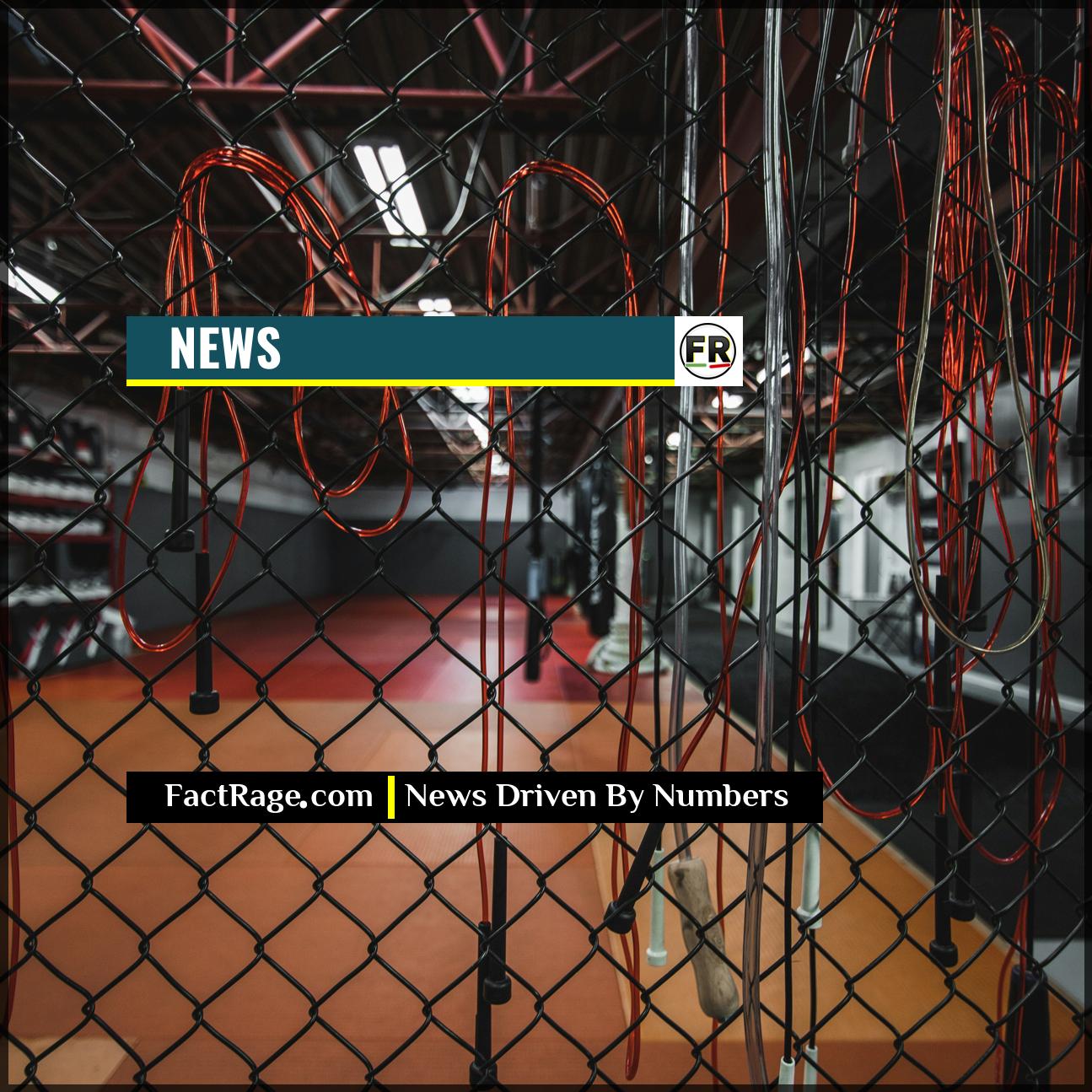WASHINGTON, DC – A FactRage investigation has traced a multi-million dollar lobbying campaign by a coalition of private financial firms to the creation of a key student loan provision within the Comprehensive American Prosperity Act, which shifts significant financial risk from private lenders to taxpayers.
- Targeted Lobbying Effort – A coalition of private lenders, the American Education Lenders Coalition, spent over $15 million in the last two years lobbying for provisions that mirror those in the new bill, according to an analysis of federal disclosure reports.
- Shift to Private Lenders – The “Student Borrower Freedom Initiative” creates a federal program to refinance existing federal student loans through pre-approved private lenders, transferring a portfolio worth hundreds of billions from public to private hands.
- New Risk for Borrowers and Taxpayers – The plan moves borrowers from fixed federal interest rates to variable private rates. A federal guarantee ensures that if borrowers default on these new private loans, the lending institutions are made whole by taxpayer funds.
Dubbed the “Beautiful Bill” by one of its chief political proponents, the Comprehensive American Prosperity Act (CAPA) contains a pivotal section that overhauls federal student loan refinancing. While publicly framed as a pathway to freedom for borrowers, a detailed examination of the money and influence behind its creation reveals a different story.
What Exactly Is the ‘Student Borrower Freedom Initiative’?

The core of the controversy lies within Title IV of the act, officially named the “Student Borrower Freedom Initiative.” This provision doesn’t cancel or forgive student debt. Instead, it establishes a new, voluntary federal program allowing holders of federal student loans to refinance their entire debt through a list of Treasury-approved private lenders.
On the surface, the appeal is a potentially lower initial interest rate. However, the critical difference is the loan structure. The vast majority of existing federal loans carry a fixed interest rate, meaning the payment amount is predictable for the life of the loan. The new refinanced loans offered under this initiative will feature variable interest rates. While these rates may start lower than the borrower’s current fixed rate, they are tied to market indexes and can rise or fall over time, introducing significant uncertainty into long-term repayment plans. What would a sharp increase in interest rates mean for a household budget years from now?
Following the $15 Million Lobbying Trail
The architecture of this initiative did not materialize in a vacuum. A FactRage analysis of lobbying disclosure records filed with the U.S. Senate and House shows a concentrated and expensive push from a group called the American Education Lenders Coalition (AELC). This coalition, which includes major private loan servicers like Apex Servicing Solutions and Keystone Education Finance, spent a combined $15.2 million on lobbying activities in 2023 and 2024.
Their stated lobbying goals included “market-based solutions for student financing” and “public-private partnerships in education lending.” This language is reflected directly in the bill. The primary beneficiaries appear to be the private lenders themselves. Companies like NaviCap Financial, another AELC member, would gain access to a massive and reliable customer base: millions of federal student loan borrowers. They would earn interest and fees on these loans for decades to come.
The Hidden Costs in Guarantees and Variable Rates
The initiative presents two significant, and intertwined, financial risks. The first is to the borrowers themselves. A graduate who refinances $50,000 in debt from a 5% fixed rate to a 3.5% variable rate may see initial savings. But if market rates climb over the next decade, that variable rate could easily surpass the original fixed rate, potentially rising to 7%, 8%, or higher, dramatically increasing the total cost of the loan.
The second, larger risk is to the American taxpayer. To encourage private lenders to participate, the bill includes a 90% federal guarantee on the principal of these refinanced loans. This means if a borrower defaults, the private lender is reimbursed for 90% of the outstanding loan by the federal government. This structure effectively privatizes the profits—the interest payments flow to corporate balance sheets—while socializing the majority of the risk. Projections from our analysis, based on historical default rates, suggest this guarantee could create a new liability for taxpayers ranging from $30 billion to $55 billion over the next ten years, depending on economic conditions and interest rate fluctuations.














